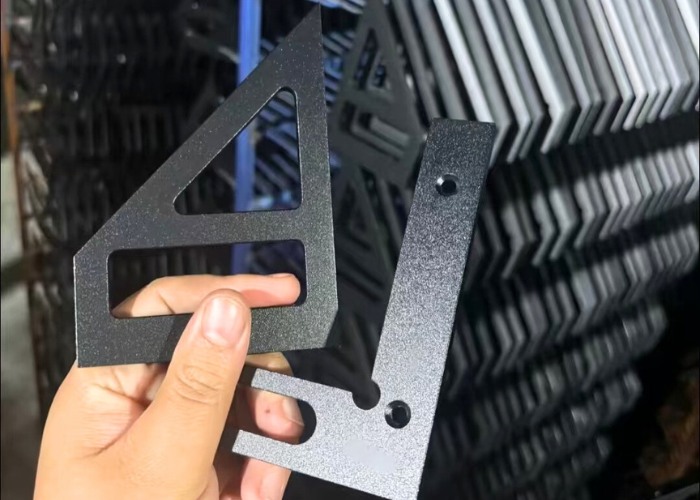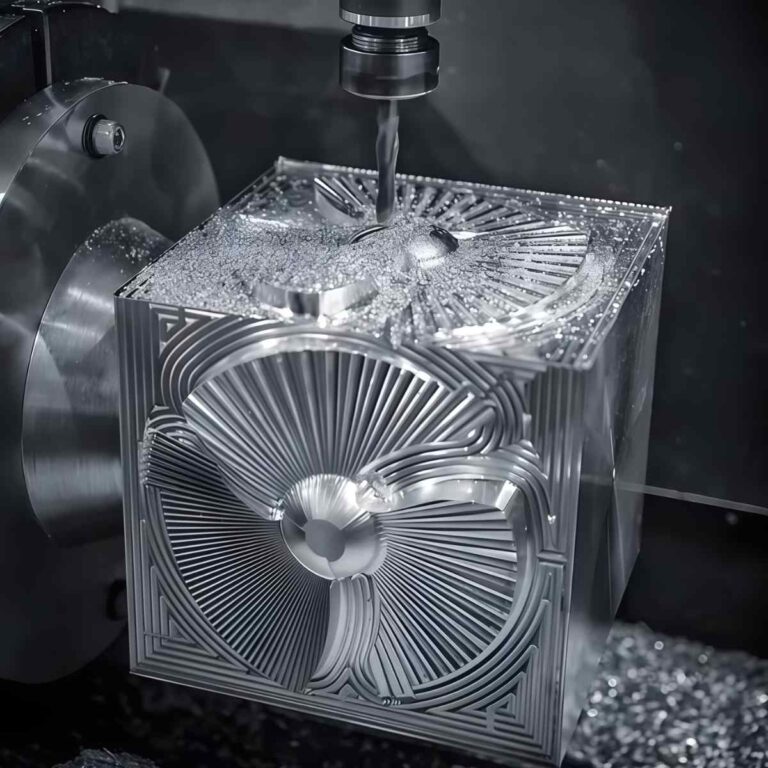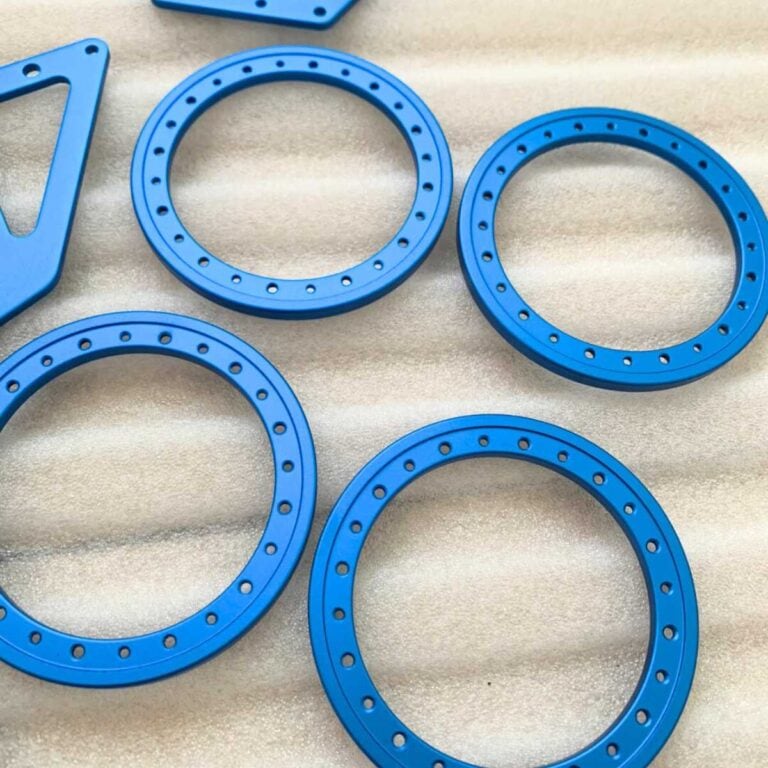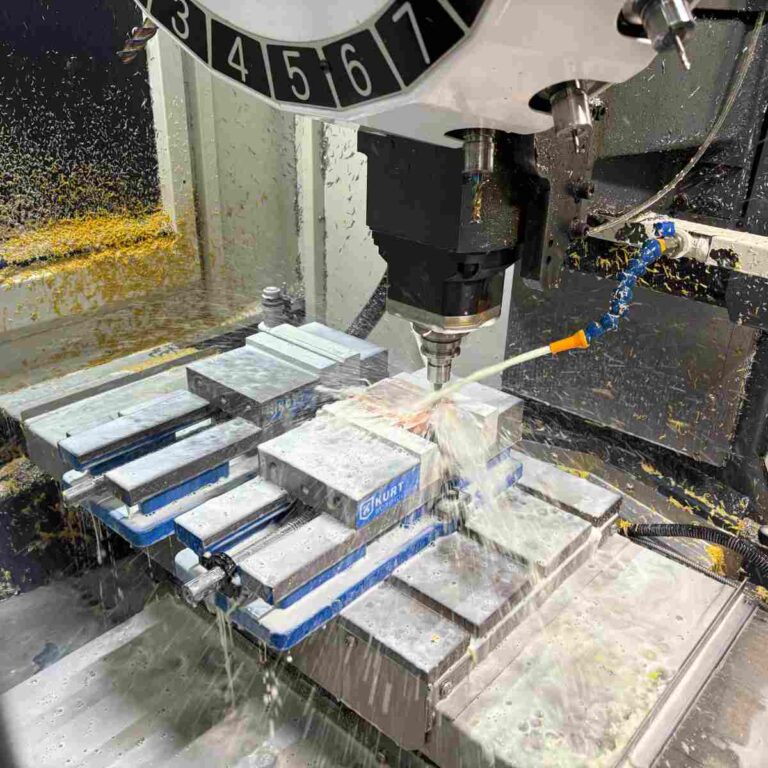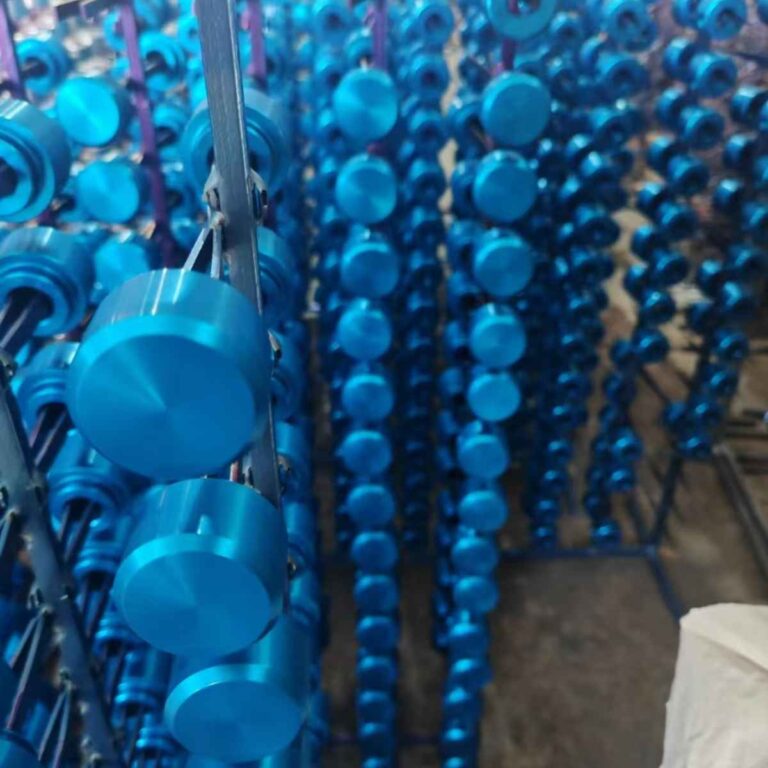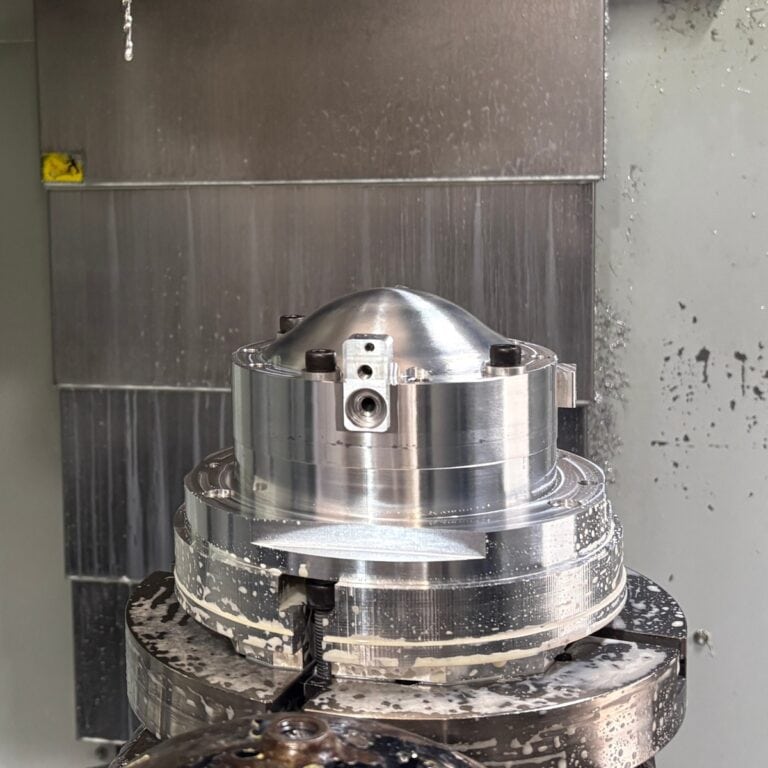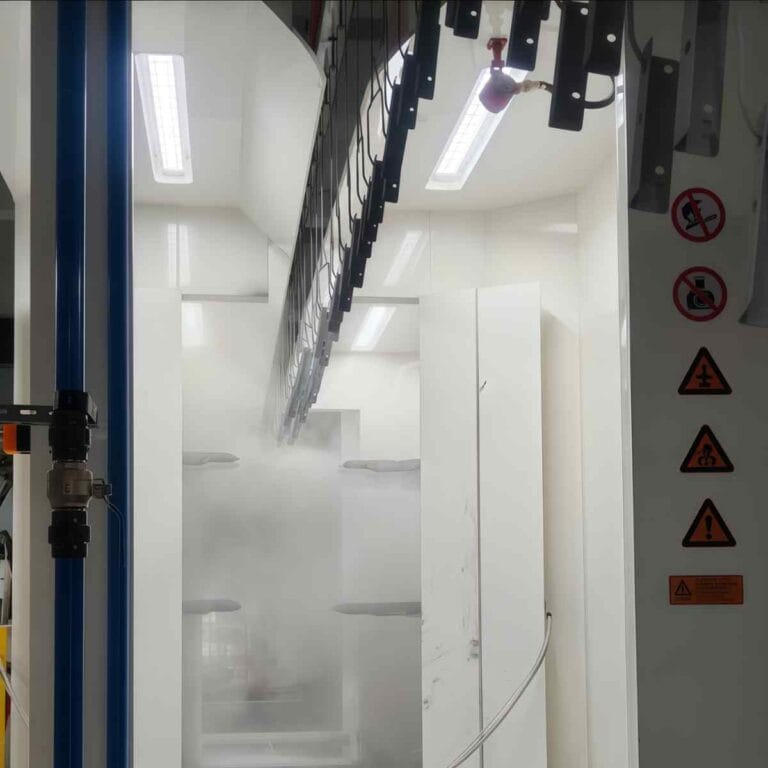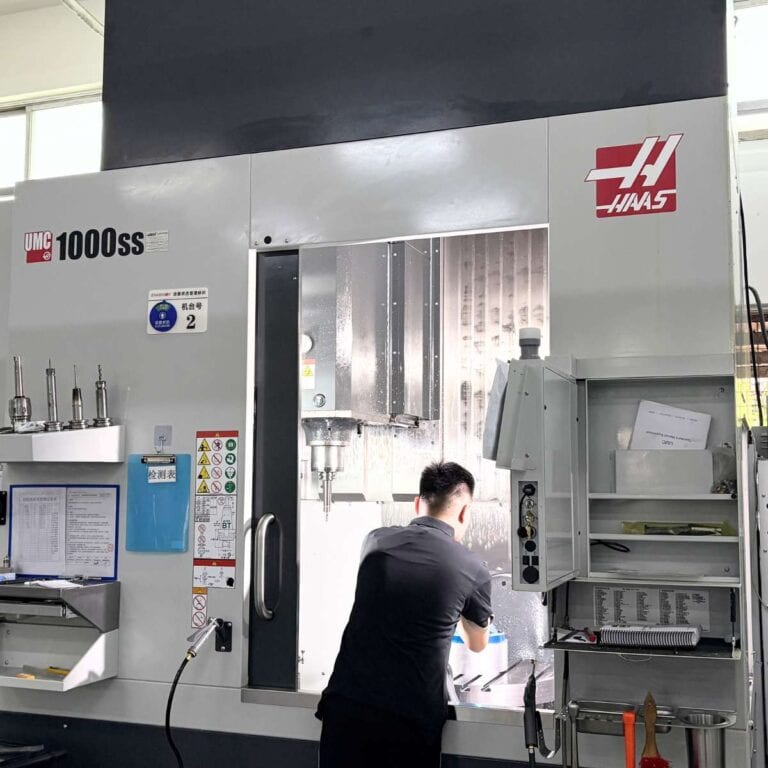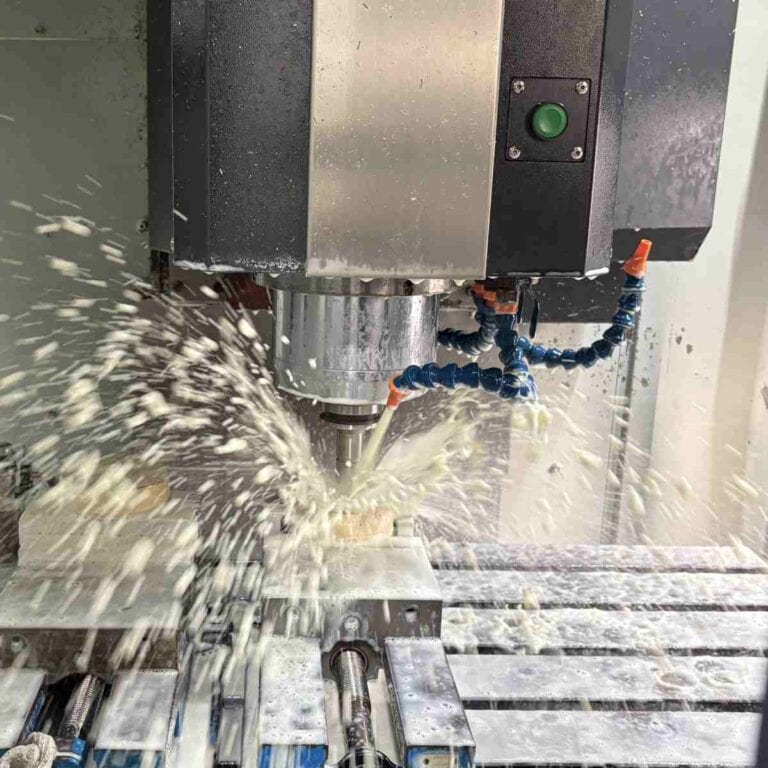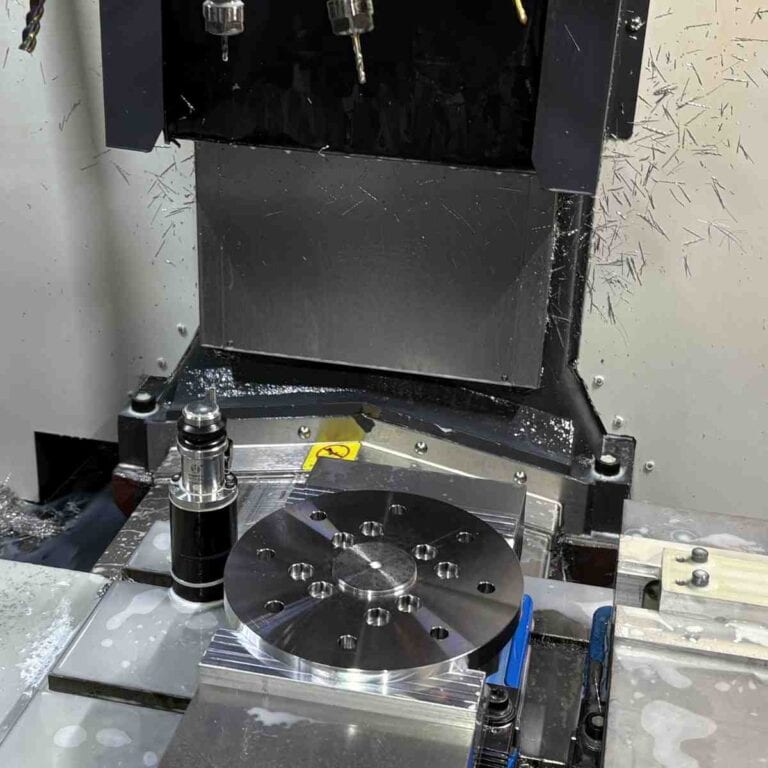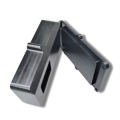If you’re wondering about the key differences between alloy steel vs stainless steel, you’re not alone. This guide breaks down what makes each material unique, their strengths, and where they’re best used—so you can pick the perfect steel for your needs.
What is alloy steel
The steel that we are familiar with is strong and natural. Additionally, the basic alloy steels can be further improved with the help of different materials such as silica. This improves the steel’s exceptional characteristics like excellent wear resistance, as well as high temperature resistance.
Differences Between Ordinary Steel and Alloy Steel
Type Key Characteristics
- Ordinary Steel Possesses inherent strength.
- Alloy Steel Achieves higher strength and special properties by adding elements such as chromium, nickel, vanadium, or molybdenum. Gains the ability to withstand heavy loads, high temperatures, and resist wear and tear.
Classification of Alloy Steels
| Category | Total Alloy Content | Main Features |
| Low-Alloy Steel | Low | Good strength, weldability, and machinability |
| Medium-Alloy Steel | Medium | High toughness and significant wear resistance |
| High-Alloy Steel | High | Excels in severe corrosion or high-temperature environments |
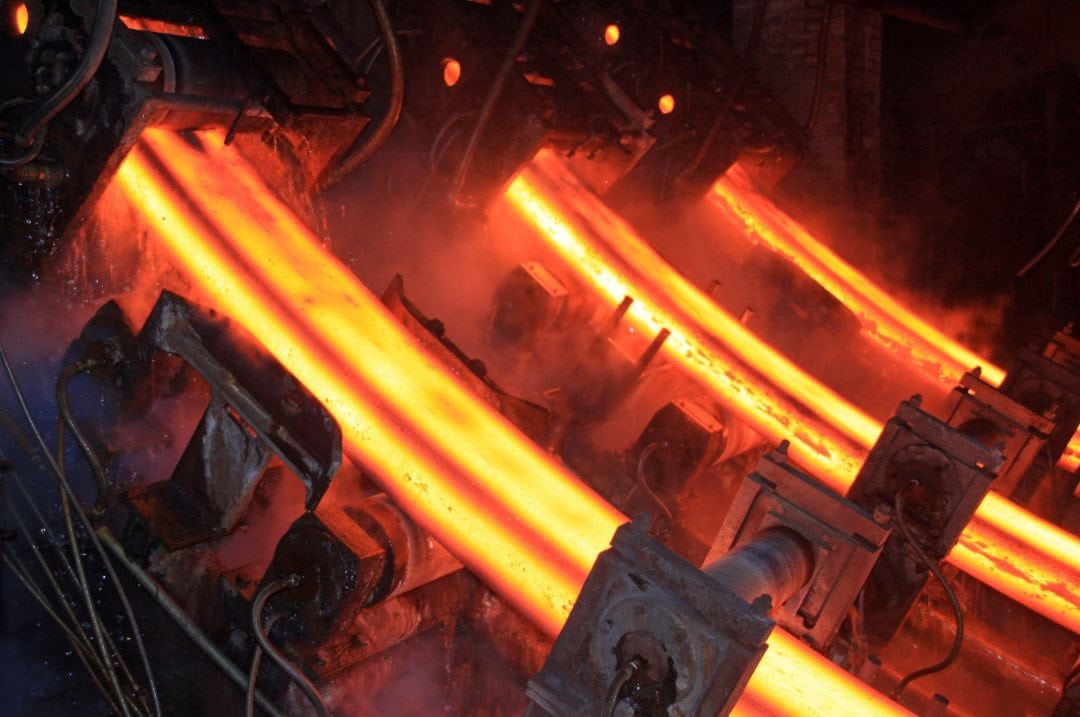
Special Grades of Alloy Steel
| Special Grade | Main Use/Characteristic |
| Tool Steel | Used for precision cutting and forming |
| Martensitic Steel | Known for remarkable tensile strength and impact toughness |
Why Is Alloy Steel So Popular?
- High tensile strength
- Exceptional toughness under extreme conditions
what is stainless steel
As is a high-alloy metal, it demands a minimum 10.5-11 percent chromium within the composition. This essential element permits the formation of a passive layer chrome oxide, which provides extraordinary resistance against corrosion. When oxygen is present the protective film is the capability to repair itself and make stainless steel the popular choice in harsh or even sanitary environments.
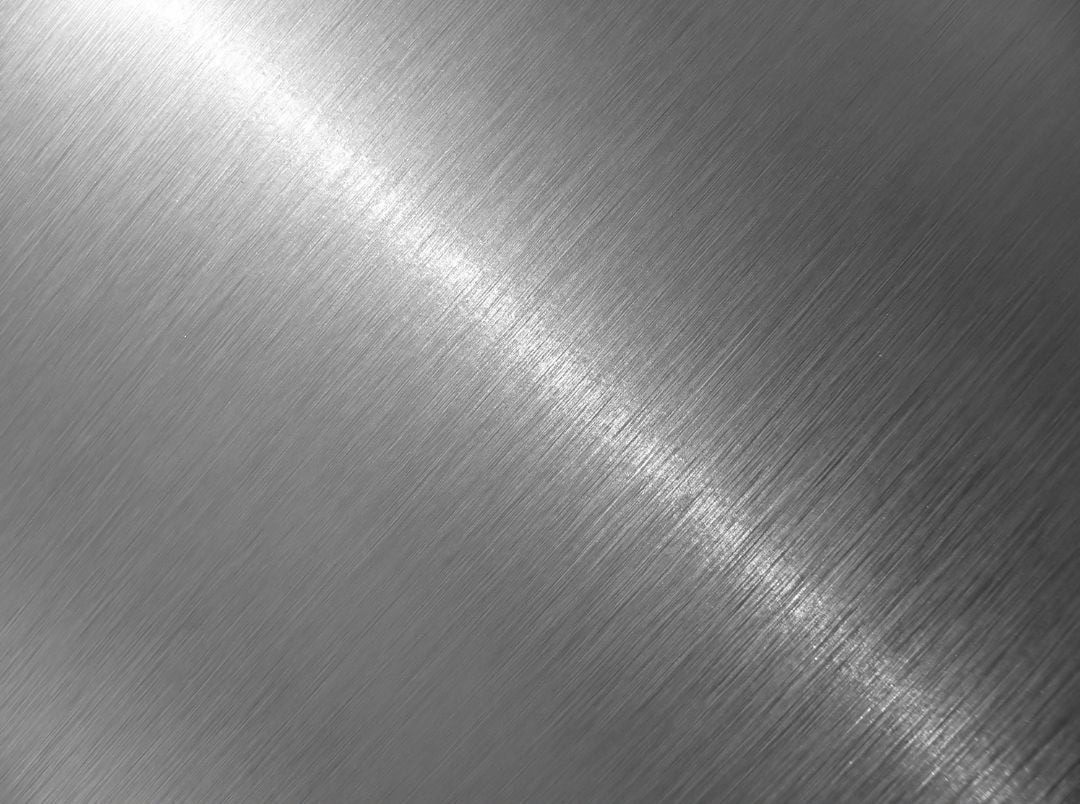
Types of Stainless Steel by Microstructure
| Type | Key Composition | Main Properties | Common Grades | Typical Applications |
| Austenitic | High Cr (17–25%), Ni (8–20%) | Non-magnetic, highly ductile, excellent corrosion resistance | 304, 316 | Food processing, chemical plants, medical equipment |
| Ferritic | High Cr, low or no Ni | Magnetic, moderate corrosion resistance | 409, 430 | Automotive exhausts, appliances |
| Martensitic | Cr with higher carbon | Hardenable by heat treatment, magnetic | 410, 420 | Knives, surgical tools, valve parts |
| Duplex | Balanced austenitic-ferritic structure | High strength, excellent resistance to chloride stress corrosion | 2205, 2507 | Marine environments, chemical tanks |
| Precipitation-Hardening | Cr-Ni base with Al, Cu, or Nb | Heat-treatable, high strength and ductility | 17-4 PH | Aerospace, nuclear applications |
Advantages of Stainless Steel
- Superior corrosion and oxidation resistance.
- Aesthetic appeal with polished finishes.
- Excellent hygiene properties.
- Recyclable and environmentally friendly.
- Higher resistance to thermal expansion and chemical attack.
Alloy Steel vs. Stainless Steel: A Comparative Analysis
| Property | Alloy Steel | Stainless Steel |
| Composition | Iron + carbon + various alloying elements | Iron + ≥10.5% chromium + optional nickel/molybdenum |
| Corrosion Resistance | Low to moderate; requires coatings | Exceptional; forms self-healing oxide layer |
| Strength & Hardness | High (especially after heat treatment) | Moderate to high; martensitic types are hardenable |
| Toughness | Excellent, especially in impact conditions | Good, with variations by type |
| Machinability | Generally good | Can be difficult (especially austenitic types) |
| Weldability | Easier compared to stainless steel | Requires precise control, especially ferritic/martensitic types |
| Cost | Lower upfront | Higher initial cost |
| Appearance | Industrial, matte finish | Bright, clean, and polished |
| Maintenance | May require protective treatments | Minimal maintenance required |
| Magnetism | Magnetic (mostly) | Varies (austenitic = non-magnetic, others = magnetic) |
| Typical Applications | Construction, automotive, tools | Food-grade equipment, medical tools, architecture |

Factors to Consider When Choosing Between Alloy Steel and Stainless Steel
1. Application Requirements
Structural, load-bearing, or mechanical applications? Opt for alloy steel.
Corrosion-prone or hygiene-critical environments? Choose stainless steel.
2. Environmental Exposure
Moisture, saltwater, and chemical exposure demand stainless steel’s protective properties.
For indoor or dry applications, alloy steel may suffice with surface treatment.
3. Budget Constraints
Even though alloy steel provides cost-effective efficiency, it could require regular maintenance. However stainless steel might need a larger initial investment However, its strength and ease of maintenance makes it an excellent option in the long term.
4. Fabrication & Processing
If your process includes extensive machining, alloy steel offers better workability.
Stainless steel requires slower speeds, carbide tooling, and additional cooling.
5. Aesthetic and Finish
For visible or design-centric parts, stainless steel’s sheen and polish offer a cleaner finish.
Conclusion
Through an in-depth analysis of alloy steel and stainless steel, we can observe significant differences in composition, mechanical properties, corrosion resistance, and application areas. Choosing the right material for your CNC machining project not only affects product performance but also directly impacts machining difficulty and cost. Understanding these key differences will help you make the optimal decision based on your specific needs, thereby enhancing your product’s competitiveness and reliability. We hope this guide serves as a valuable reference for your material selection.

